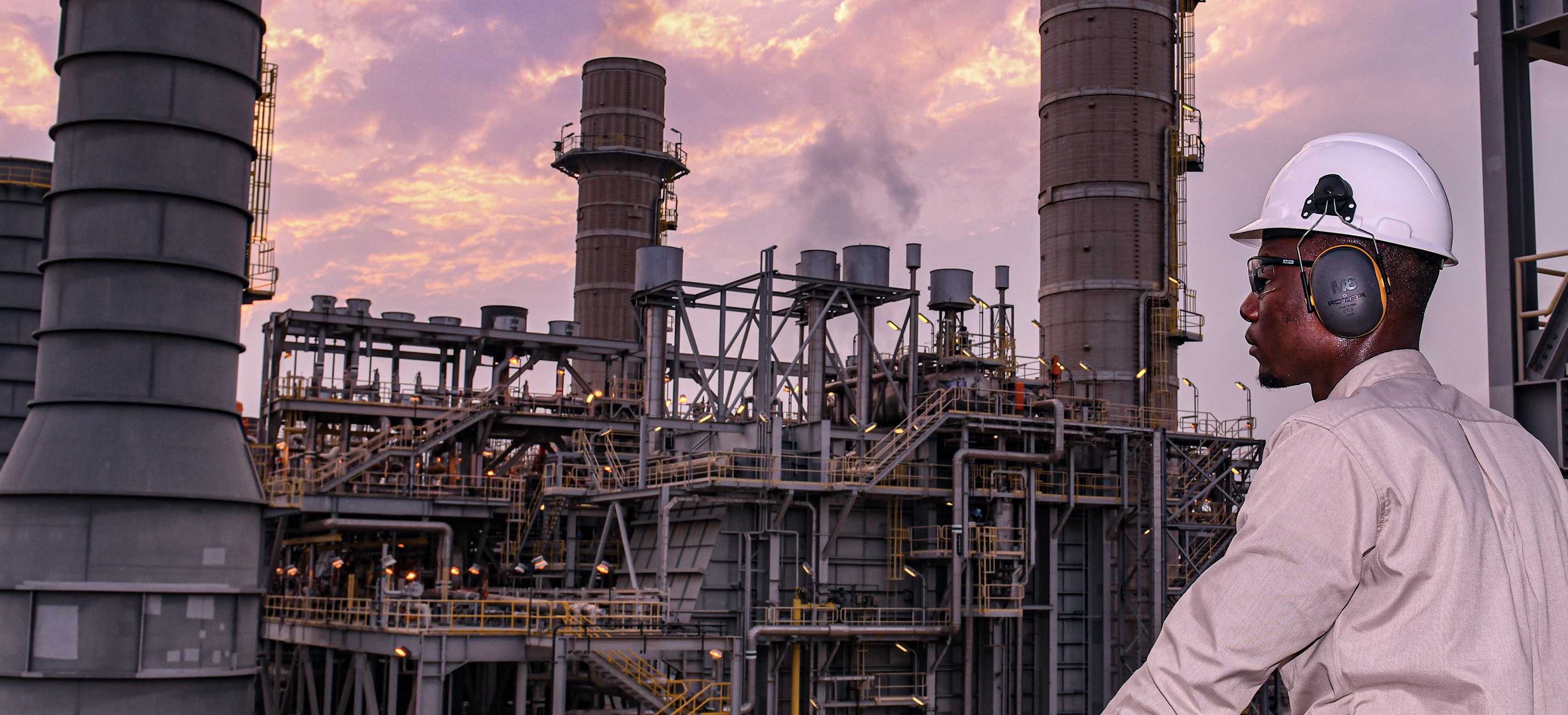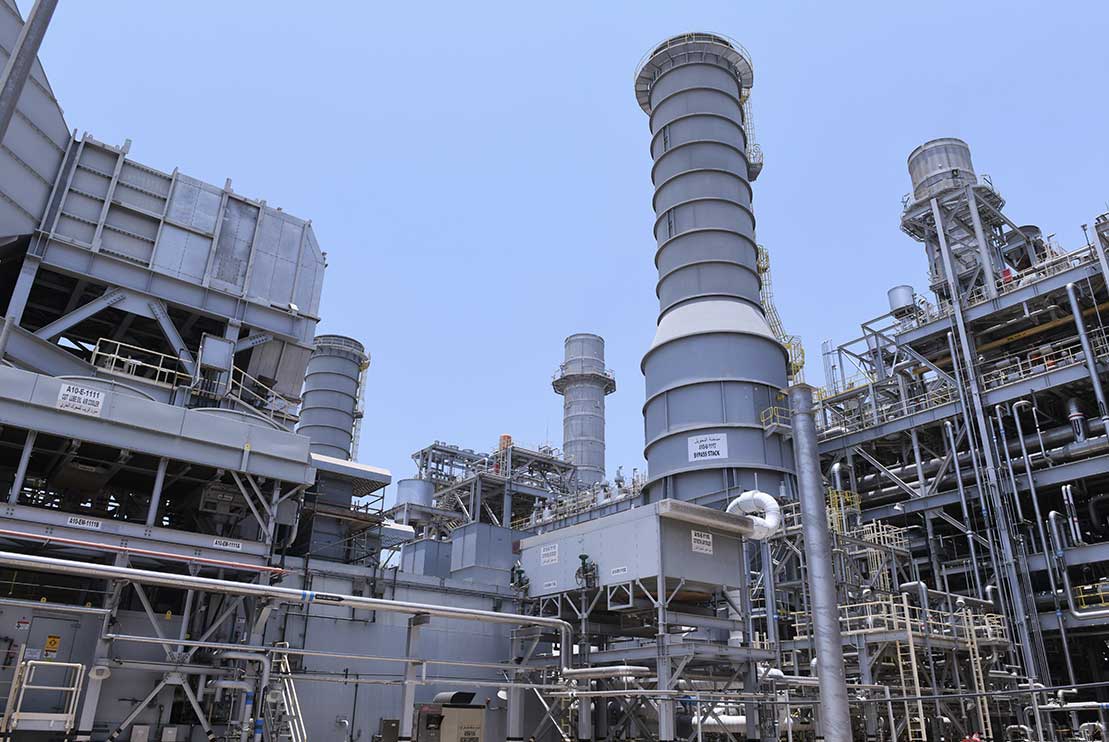Generating energy from unused heat
Here’s how cogeneration utilizes the energy of wasted heat.

- Industrial energy efficiency creates opportunities to reduce greenhouse gases (GHG)
- Combined cycle technology generates useful energy by capturing wasted heat
- Cogeneration technology creates energy, as well as heat for oil and gas production processes
It is essential to reduce waste of our planet’s precious natural resources. Industrial energy efficiency is regarded as a priority toward mitigating climate change effects.
According to the World Economic Forum (WEF), our planet’s manufacturing and production sector is responsible for 20% of global carbon dioxide emissions. Greenhouse gas (GHG) emissions can significantly decrease when industry makes the most of its energy-producing fuel.
This can happen when industry captures its unused heat, and converts it into useful energy. Here’s how.
Boosting traditional power generation
Traditional industrial thermal power production produces heat from carbon-based energy sources. The heat boils water to make steam, which is then used to drive a turbine.
The turbine drives a generator, and the generator creates electricity as a result. Each power production stage in this process has inefficiencies that result in creating wasted heat.
Power from combustion turbine-based power plants is generated in either a simple or combined cycle process. In a simple cycle, a combustion turbine produces power but a significant amount of heat is exhausted and wasted.
Squeezing the most
In a combined cycle, the gas turbine’s waste heat is captured, then used to produce steam, which in turn is used to generate additional electrical power via a steam turbine. As a result, the combined cycle squeezes more energy out of a turbine’s fuel, but only satisfies a power production need.
Combined heat and power systems are among the powers of energy efficiency. They reduce inefficiency through processes known as combined cycle, and cogeneration.
These thrifty systems harness unused heat from an industrial power plant’s exhaust stream. Rather than letting the heat escape into the atmosphere, the heat is captured, and put to effective use in the production process.

Less emissions with more
Additional benefits come from the simultaneous production of useful heat and electricity from the same fuel. Less fuel is required to produce more energy which contributes to less emissions.
Aramco chief engineer Khalid Y. Al-Qahtani said the Company’s energy efficiency strategy is to achieve 100% self-sufficiency in its operating plants. “Cogeneration systems are key to our strategy of achieving self-sufficiency in electrical power generation and processing heat for our hydrocarbon production facilities,” he said.
The Company is retrofitting existing plants with cogeneration systems to create energy, as well as heat for oil and gas production processes. “By producing electricity as a natural byproduct of our operations, we are able to reduce emissions and our energy consumption from the Kingdom’s national utility grid,” Al-Qahtani added.

Refined environmental thinking
Cogeneration at Aramco is customized for each particular facility. Each cogeneration plant is closely monitored for any energy surpluses, which are then redirected to other needs, helping to steadily reduce the Company’s energy intensity.
Aramco’s newly built full-conversion Jazan Refinery Complex has a leading industrial design toward environmental protection. The complex — a refinery, gas and power plant — is set up to maximize the hydrocarbon’s value through production of multiple byproducts within the same facility.
Next to the refinery is one of the world’s largest integrated gasification combined cycle plants (IGCC), which houses a sizable cogeneration power plant. Synthesis gas, produced from vacuum residue, energizes the 3.8 GW five-block combined cycle power plant.
The plant’s 10 gas and five steam turbines produce power for both the refinery and the national grid, and steam for the refinery’s processing production. This design is a “smart design” to get the more out of hydrocarbon.
Lowering industrial energy intensity
At the core of society’s challenge to live more sustainably is the need to be efficient in how we use our natural resources. Energy efficiency is often an economic priority toward mitigating the effects of climate change.
Industrial cogeneration technology aims to lower the energy intensity of operating plants. At Aramco, cogeneration enables the Company to produce electricity as a natural by-product of its operations.
In turn, this aims to reduce the Company’s energy consumption from Saudi Arabia’s national utility grid, while contributing to the Kingdom’s domestic power supply.

Besides cogeneration, recycling waste, diligent maintenance, local sourcing, and carbon capture are among ways to shrink the industry’s carbon footprint.
More from Elements
The material in this article is intended to be for general informational purposes only, and readers should not place undue reliance on the statements or opinions therein. Any information provided speaks only as of the date this content was published and Saudi Aramco undertakes no obligation to correct, update, or revise any statements or opinions made in or implied by this article.



